
June 23, 2020 at 06:30AM
No matter what your stance on the climate crisis may be, one thing is for sure: Us humans know how to consume. In fact, consume is just about all we do, and with consumption comes a whole bunch of waste. Sadly, whether we’re throwing out non-recyclable plastics or recyclable glass, the very act of our consumption is set to have an effect on the state of the planet.
And sadly, as time has gone on, our consumption has worsened. According to data, in 1950, global carbon dioxide emissions were around 5 billion tonnes. By 2017, they were around 36 billion tonnes, with further increases reported over 2018 and 2019. And it’s not just carbon emissions from manufacturing and transportation that we should be thinking about. Studies show that, if plastic consumption doesn’t change by 2050, the seas will contain more plastic than fish.
ADVERTISEMENT
ADVERTISEMENTKate Spade Autumn/Winter Sale |

So what’s all of this got to do with our beauty routines? Well, it turns out an awful lot. According to Zero Waste Week, more than 120 billion units of packaging are produced globally every year by the cosmetics industry. And, as consumption habits have no doubt changed over recent months, we think now is the perfect time to sit down and reassess how sustainable our beauty routines really are.
ADVERTISEMENT
ADVERTISEMENTSports Direct Free Delivery on All Orders! |
The truth is, it’s now easier than ever to shop eco-friendly beauty. From opting for plastic-free products to adopting huge sustainability initiatives, beauty brands around the world are starting to think more consciously about the products they are producing and how they are producing them. But if you ask us, although thinking about the brands you’re buying from might make a small difference, real change is made when we start re-evaluating our beauty habits as a whole. So, if you’re desperate to start making your beauty routine more eco-conscious, keeping scrolling for our top tips.
We all know that face wipes are pretty much the devil for both our skin and the environment. However, while on the surface, cotton wool might seem like a perfectly environmentally-friendly alternative (it is, in theory, biodegradable), there are actually a whole bunch of reasons we should be cutting it out of our routines. Most of the time the cotton wool we’re using actually isn’t fit for compost. First of all, it’s bleached and and secondly, a lot of the chemicals we use on the cotton wool itself (think nail varnish and remover) don’t tend to meet composting requirements. On top of this issue, the very process of growing single-use cotton products and the treatment processes make it extremely wasteful.
ADVERTISEMENT |
So what can we do instead? Well, reusable options such as washable cotton pads, muslin cloths and even flannels do exactly the same thing (maybe even a better job) and all you have to do is stick them in the wash between uses.




While things like cutting down plastic consumption might be an obvious sustainable choice, this one is much lesser-known. It turns out that, while opting for glass products might seem like the better option at first due to their recyclable nature, actually, the weight of glass when it comes to transporting products could make them a less environmentally-friendly option. You see, the heavier a load is, the more energy it takes to move it, therefore negatively impacting that product’s carbon footprint. Our solution? Opt for lightweight packaging options instead.
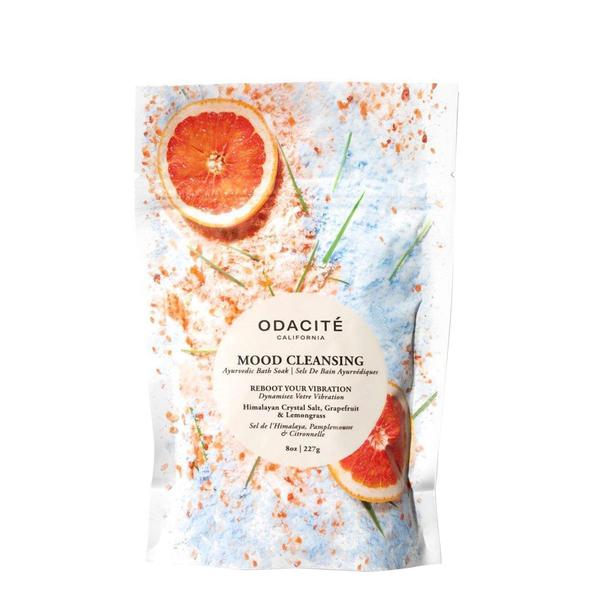
ADVERTISEMENT

ADVERTISEMENT
Anya Hindmarch - I AM A PLASTIC BAG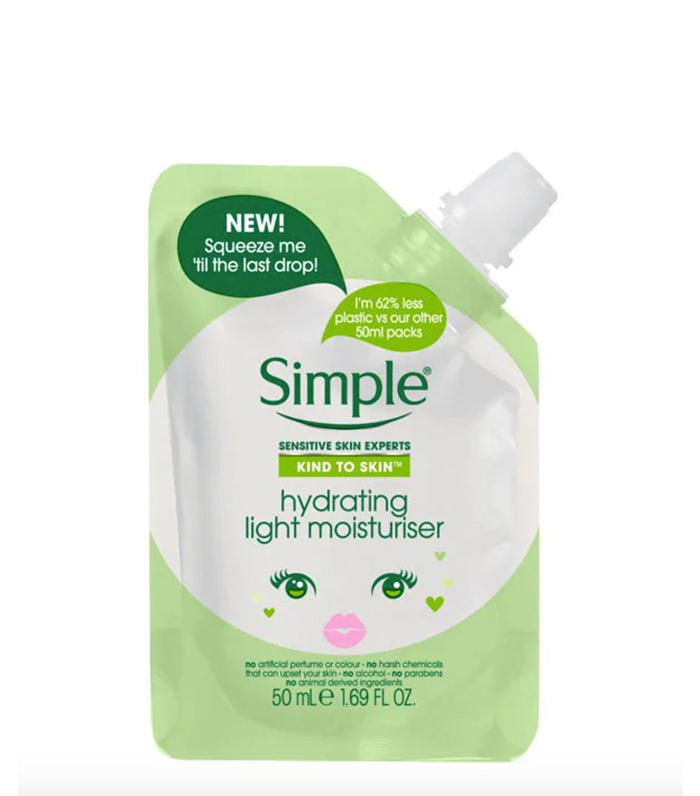

It might seem obvious from what we’ve already gone through but packaging might not always be as it seems. For instance, many brands including Ren Clean Skincare, Miller Harris and Dr Hauschka are starting to make the switch to Post-Consumer Recycled Plastic to house their products. This means that the plastic used to create the bottles for new products has been made from recycled plastic.
Alternatively, opting for easily recyclable, lightweight packaging makes a great substitute to plastic or glass. For example, brands such as We Are Paradoxx use easily-disposable aluminium packaging. Similarly, plastic alternatives such as the renewable sugar cane used by brands such as Codex Beauty are becoming increasingly popular.

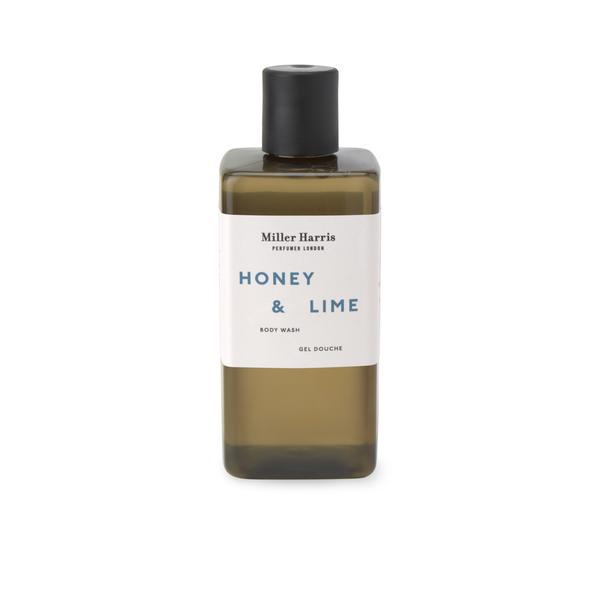
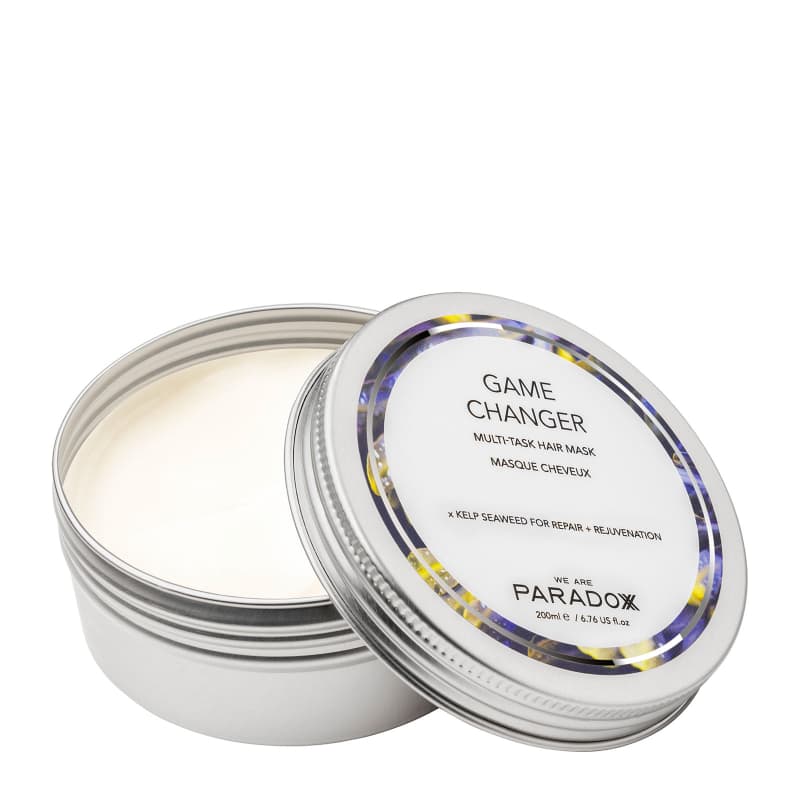
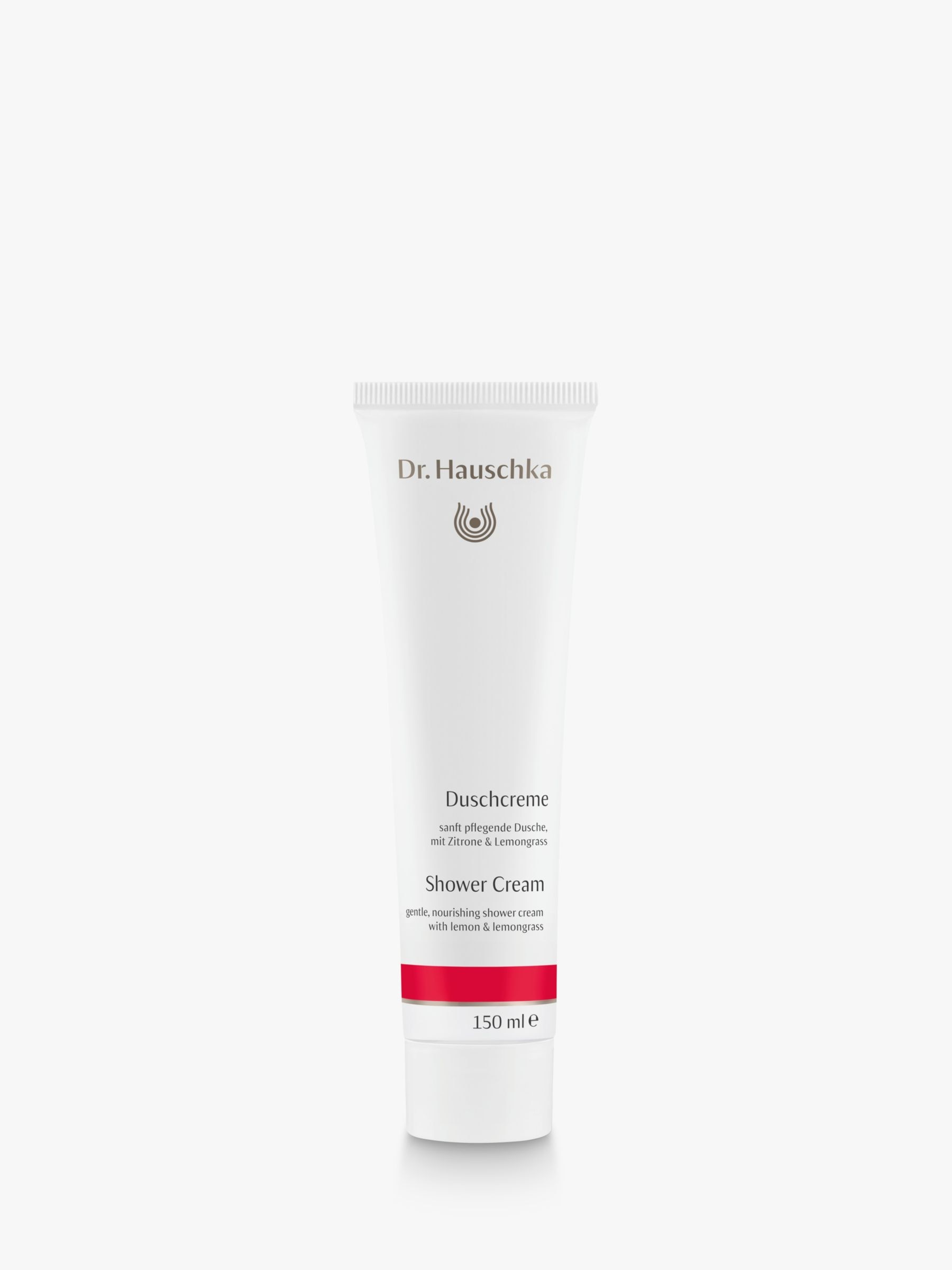

The only thing better than changing the packaging you usually opt for? Ditching it altogether. That’s right, there is a huge choice of beauty products that now don’t requite any packaging at all. From shampoo bars to cleansers, there are now packaging-free options for most products. Simply lather them up in your hands and use as you usually would any other product. Another plus is that they usually look incredibly chic when stationed on a fancy soap dish, too.


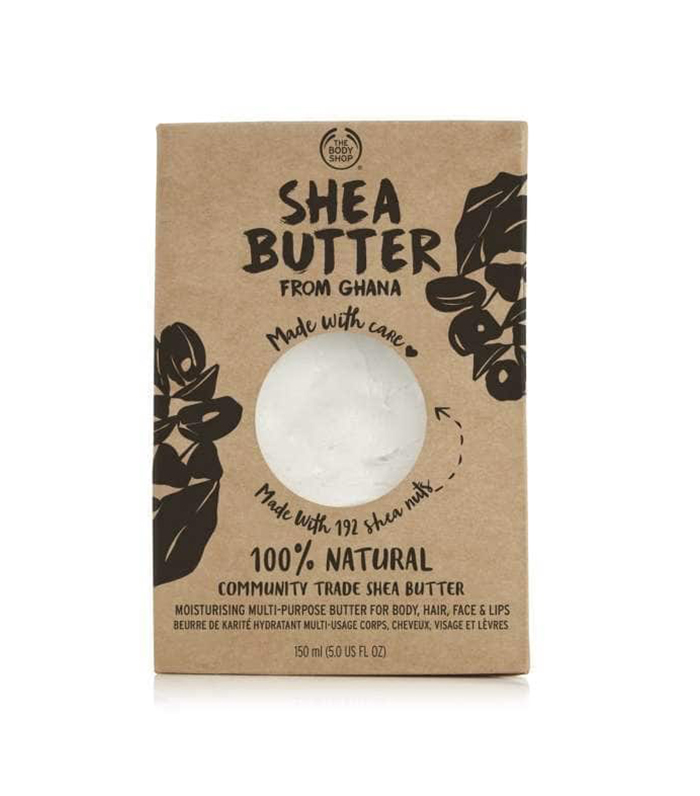

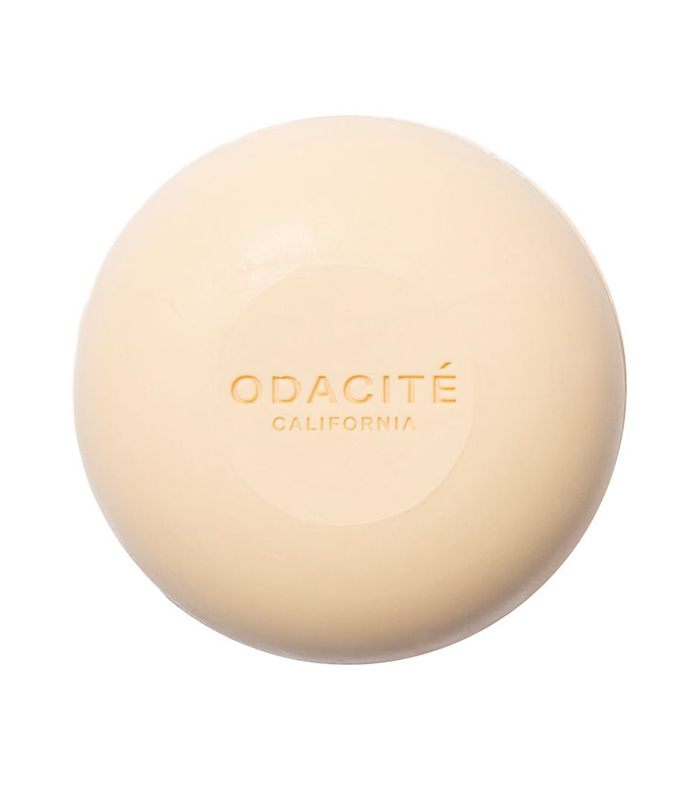
OK, we get that buying big, bulky beauty products doesn’t always seem like the most sensible of things to do, but hear us out. You see, actually, the larger the product is, the longer it will last. The benefits of that for the environment are undeniable. Say you go through three cleansers over a six-month period, you might only have to go through one supersize product in the same timeframe, thereby dramatically reducing your waste. Plus, they’re usually way better value for money.

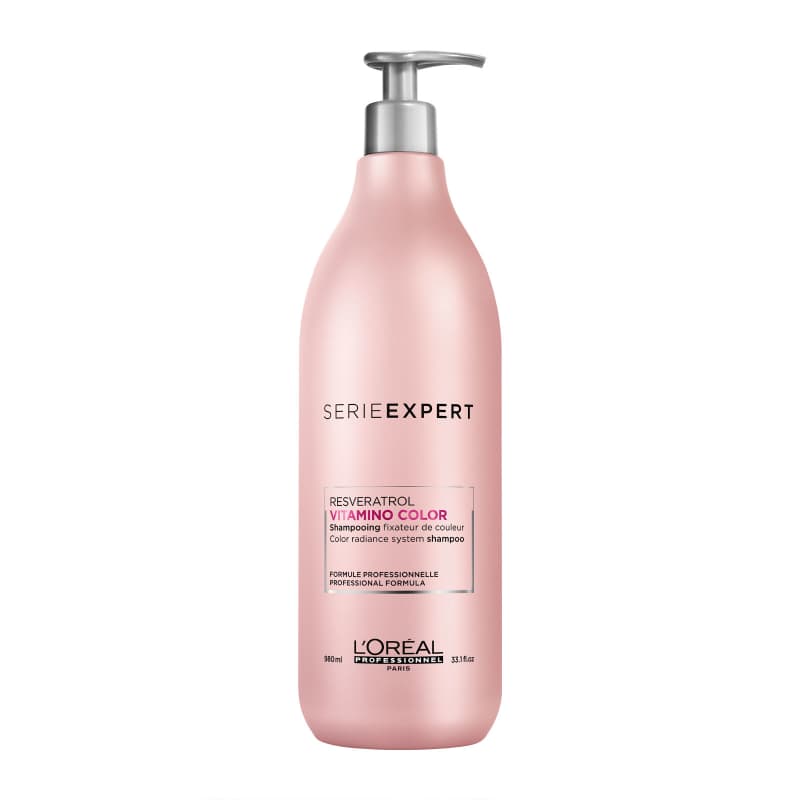
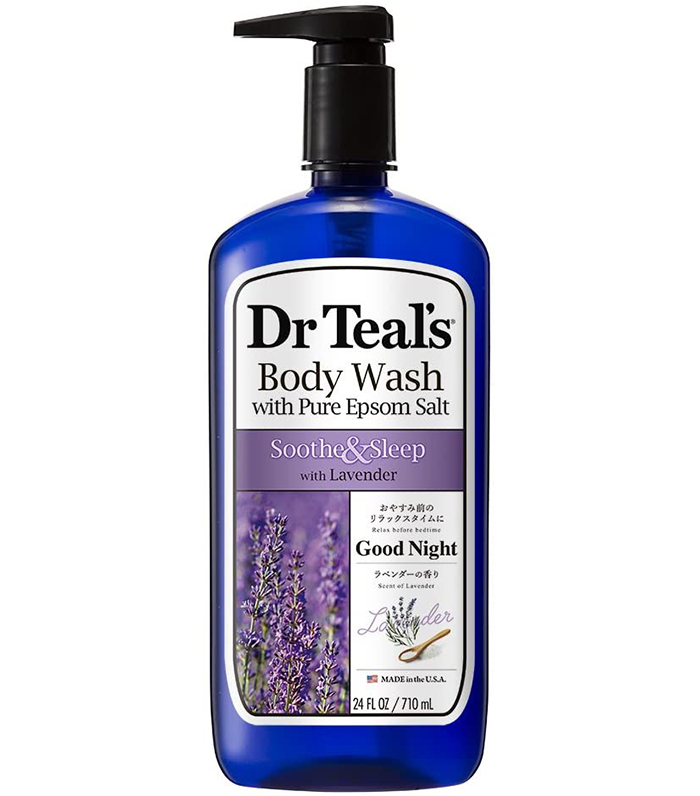
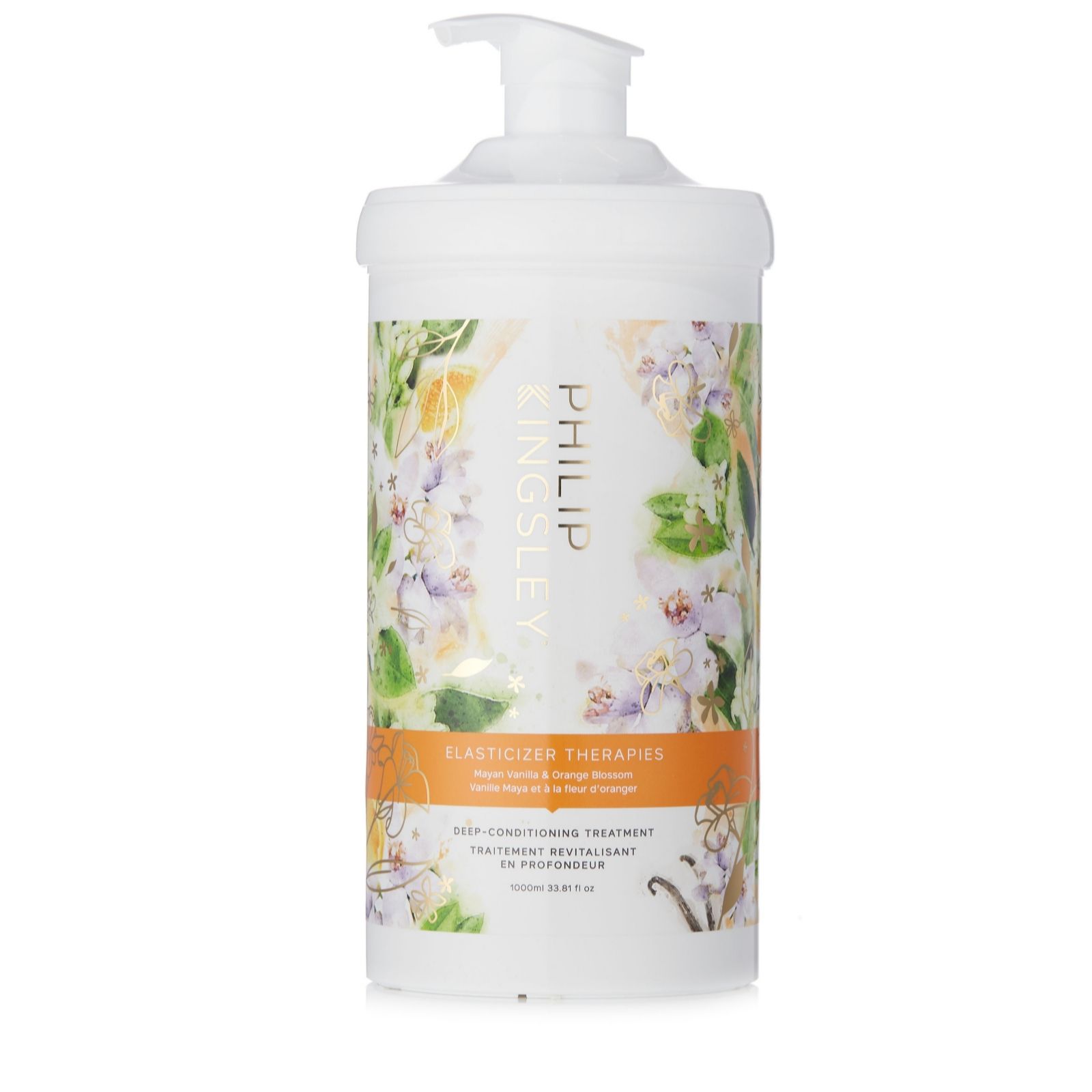
If you’re not sold on the idea of going packaging-free or even opting for pouches, there are ways that you can still hold onto your bottles. More and more brands are now offering refill options. Simply buy the product first time around, and then buy a refill (which uses substantially less packaging) and fill up the bottle.
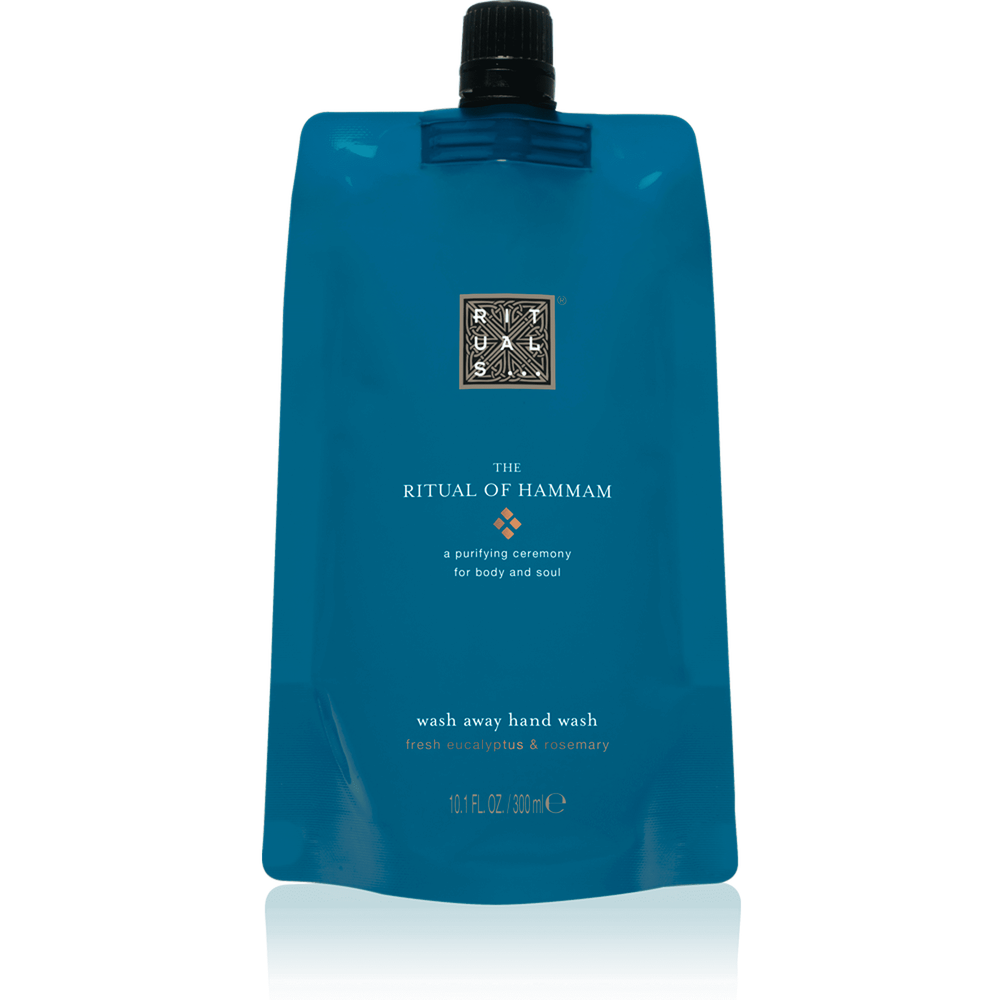
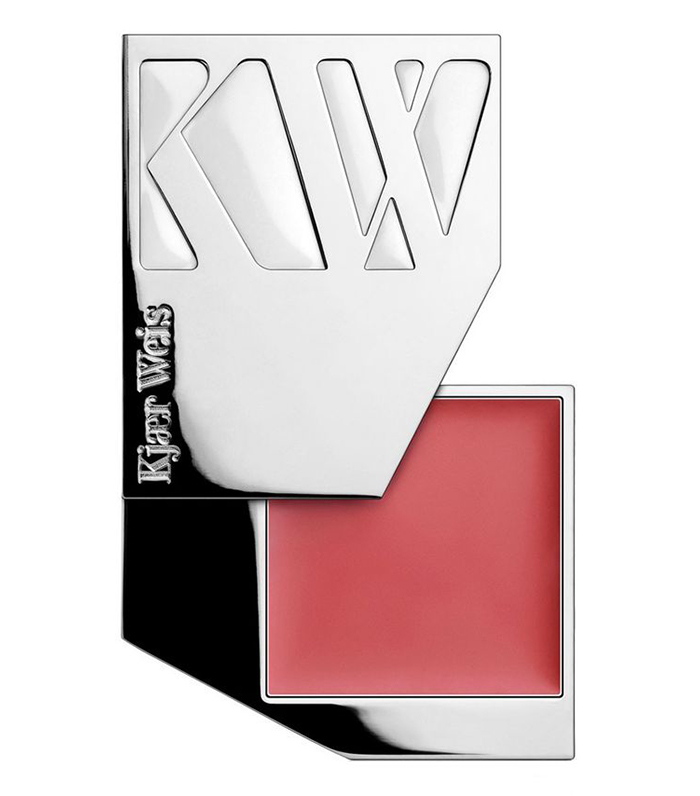
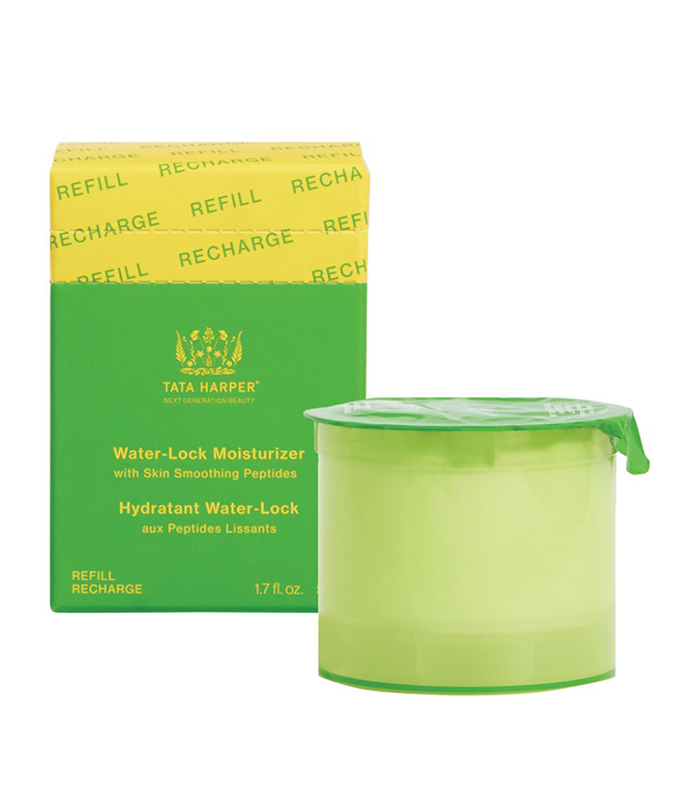

Author Shannon Lawlor | Whowhatwear
Selected by CWC
ADVERTISEMENT
ADVERTISEMENTUp to 30% off Gift Sets |








